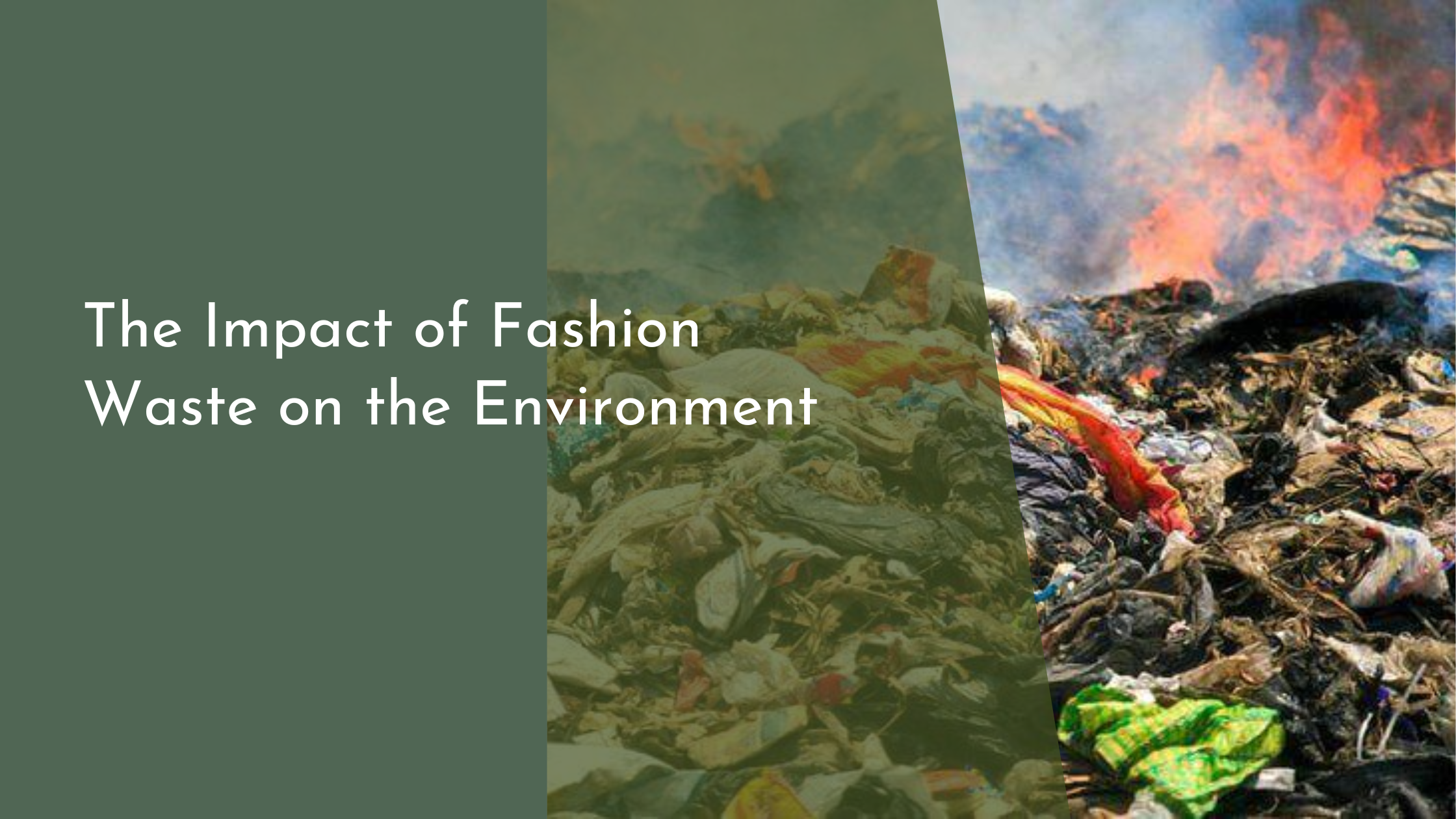The Impact of Fashion Waste on the Environment
The fashion industry, a vibrant symbol of creativity and self-expression, is also a major contributor to global environmental issues. Fashion waste, a byproduct of our insatiable demand for the latest trends, has reached alarming levels, prompting a closer look at its environmental impact. As the world becomes more conscious of sustainability, it’s essential to understand the role of fashion in environmental degradation and explore innovative solutions that promise a brighter, more sustainable future for the industry.
Understanding Fashion Waste: A Global Concern
Fashion waste refers to the massive amount of discarded clothing and textiles that accumulate in landfills every year. With the rise of fast fashion, which encourages the rapid production and consumption of clothing at low costs, the lifecycle of garments has significantly shortened. This trend has led to an increase in waste, as consumers often discard clothing items after only a few uses. Globally, an estimated 92 million tons of textile waste is created annually, highlighting the urgent need for waste management solutions.
The problem is not just the volume of waste, but also its composition. Many garments are made from synthetic fibers, such as polyester, which take hundreds of years to decompose and release harmful microplastics into the environment. These microplastics find their way into water bodies, affecting marine life and entering the food chain. Consequently, fashion waste poses a significant threat not only to the environment but also to public health.
The Environmental Toll of Fast Fashion
Fast fashion has revolutionized the apparel industry by making trendy clothing accessible and affordable. However, this convenience comes at a steep environmental cost. The production of cheap garments requires enormous amounts of water, energy, and chemicals, leading to pollution and the depletion of natural resources. For example, the dyeing and finishing of textiles are responsible for approximately 20% of global industrial water pollution.
Additionally, the carbon footprint of the fashion industry is substantial, contributing to approximately 10% of total global carbon emissions. The relentless pursuit of new collections results in the excessive exploitation of resources and energy, exacerbating climate change. This unsustainable model of production and consumption highlights the need for a shift towards more sustainable practices in the fashion industry.
Innovative Solutions to Fashion Waste
Innovative solutions are emerging to combat the problem of fashion waste, offering hope for a more sustainable future. One promising approach is the circular fashion model, which emphasizes designing clothes with longevity and recyclability in mind. By using materials that can be easily recycled or biodegraded, and promoting garment repair and reuse, the circular model aims to minimize waste and extend the lifecycle of clothing.
Another solution gaining traction is the development of sustainable materials and technologies. Innovations in fabric production, such as using organic fibers, recycled materials, and biodegradable textiles, are reducing the environmental impact of fashion. Technological advancements, such as digital fashion and 3D printing, also offer exciting possibilities to create sustainable clothing with minimal waste, paving the way for a greener industry.
A Bright Future: Embracing Sustainable Fashion
As awareness of the environmental impact of fashion waste grows, consumers and brands alike are embracing sustainable fashion. This movement encourages responsible consumption, where consumers prioritize quality over quantity and opt for eco-friendly brands. By choosing timeless, versatile pieces and supporting ethical fashion companies, individuals can play a role in reducing fashion waste and promoting environmental sustainability.
Fashion brands are also stepping up by adopting sustainable practices and transparent supply chains. Many are investing in research and development to create innovative fabrics and production methods that reduce waste and environmental impact. As more brands commit to sustainability, the fashion industry is poised for transformative change, offering a glimpse of a future where style and sustainability go hand in hand.
The journey towards reducing fashion waste and its environmental impact is well underway, driven by innovation, awareness, and a shared commitment to sustainability. By adopting sustainable practices, we can transform the fashion industry into a force for good, where creativity and environmental stewardship coexist. Together, we can create a world where fashion is not only a source of joy and expression but also a model of sustainability and responsibility.


